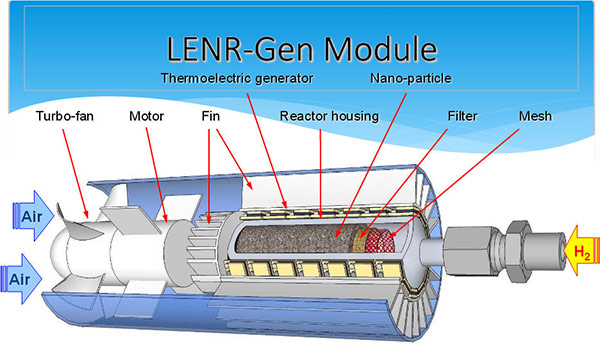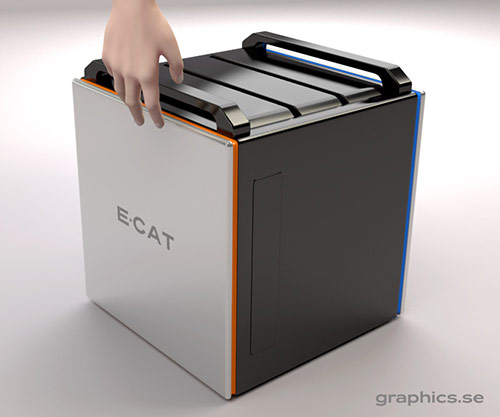Unless you had been living under the rock, You’ve probably heard that fossil fuels that power our cars would be extinct before next decade sees light of the day. With only handful of decades left, its an alarming time for us to switch to alternative source of energy to power the whole Automobile industry.
In last decade, we’ve seen various Electric Vehicles (EVs) from almost every big car manufacturer. In the last year alone, atleast 10 manufacturers have announced new EVs. Market leaders like Tesla, Lamborghini, BMW, Chevrolet, Mercedes, etc, each one is betting big on Electric automobiles.
EVs are not just greener, they’re fast. Take the example for new born Tesla D that does 0-60 Mph (0-96.6 Kmph) in 3.2 seconds. This is faster than most Ferraris and super sports cars. Electric vehicles inherently have zero-lag throttle response which combustion engines cannot beat, specially during the kick off.
Let’s get the Pros & cons of EVs
Pros
- Eco-friendly (Green)
- Zero-lag throttle response
- Nearly silent, very low NVH levels
Cons
- Expensive
- Limited run range
- Battery replacements
- Few charging stations
- Slow charging
Even though EVs are being rapidly adopted in america, it’s Cons would outnumber Pros any day. No matter how efficient the batteries get, they would always have these problems. We need an alternative source of energy, which is abundant, cheap, and can make car runs miles after miles.
Nuclear Reaction at room temperatures is the Answer [LENR]
Andrea Rossi’s E-Cat — the device that purports to use cold fusion to generate massive amounts of cheap, green energy – has been discovered to be possible in portable form factor as per a new research in Sweden.
Small E-Cat can product 1.5 Mega watt hour (MWh) of power over span of 32 days. This is something entirely new for scientists. It is of course very hard to comprehend how these fusion processes can take place in the fuel compound at low energies. The isotopes in the spent fuel could only have been obtained by “nuclear reactions”.
While the new E-Cat looks very different from previous iterations, the researchers say that it uses the same “hydrogen-loaded nickel” and additives (most notably lithium) as a fuel. The device’s inventor, Andrea Rossi, claims that the E-Cat uses cold fusion — low-energy nuclear reactions, LENR — to fuse nickel and hydrogen atoms into copper, releasing oodles of energy. The researchers, analyzing the fuel before and after the 32-day burn, note that there is an isotope shift from a “natural” mix of Nickel-58/Nickel-60 to almost entirely Nickel-62 — a reaction that, the researchers say, cannot occur without nuclear reactions (i.e. fusion). The researchers say there is just 1 gram of fuel inside the E-Cat.
To give you an idea of how much energy E-Cat produces, it is 100 times more power than the best super-capacitors, and maybe a million times more energy than gasoline. In technical terms, E-cat has energy density of 1.6×109 Wh/kg and power density of 2.1×106 W/kg.
Meet Portable Nuclear Reactors [Cold Fusion]
This is what a commercialized E-Cat will apparently look like. One of the first LENR (low energy nuclear reactor). This is a revolution. We are talking about an extremely cheap, green, and dense power source that could quite literally change the world.
This small unit has a COP (coefficient of performance) of up to 3.74, and net power production of 2,373 watts. Remember that this is a small device that produced these kinds of figures for 32 days straight. Total energy obtained over 32 days was 1.5 MWh.
When?
Before we see the revolution hit the market, there will now be a very extensive period of scrutiny from the scientific community at large. The previous third-party analysis of the E-Cat device, published in March 2013, was attacked and debunked very rapidly. It seems this new report has been intentionally designed so that there are fewer plot holes and logical leaps. The research paper has reportedly been submitted to the Arxiv pre-print server, with the hope of eventually being published in the Journal of Nuclear Physics.
We write latest and greatest in Tech, subscribe to us @geeknizer OR on Facebook Fanpage, Google+.
loading...
loading...




The LENR process and thermal mass of the system would require a significant start up time (likely at least minutes). The solution is to have a hybrid electric/LENR system, with the electric power used to heat up and start the LENR, and at the same time the electric power would run the car from time zero until the LENR is ready. Excess power from the LENR would then be used to recharge the battery pack. Unless instant start LENR is developed, this is the only practical choice.
loading...
loading...
EVs green? From whence comes the electricity? Coal fired power plants perhaps? Just moving tail pipe emissions somewhere else.
loading...
loading...
Much easier to scrub a handful of powerplants than tens of thousands of individual moving engines.
loading...
loading...